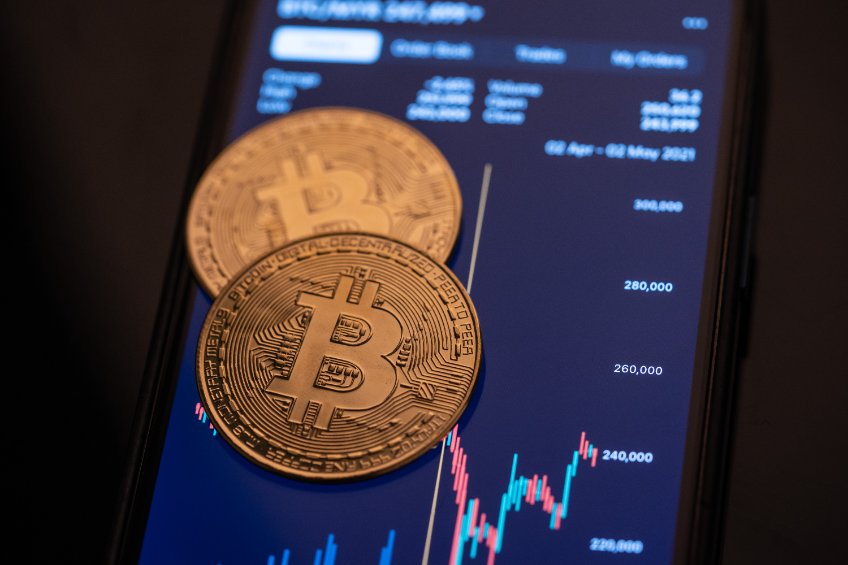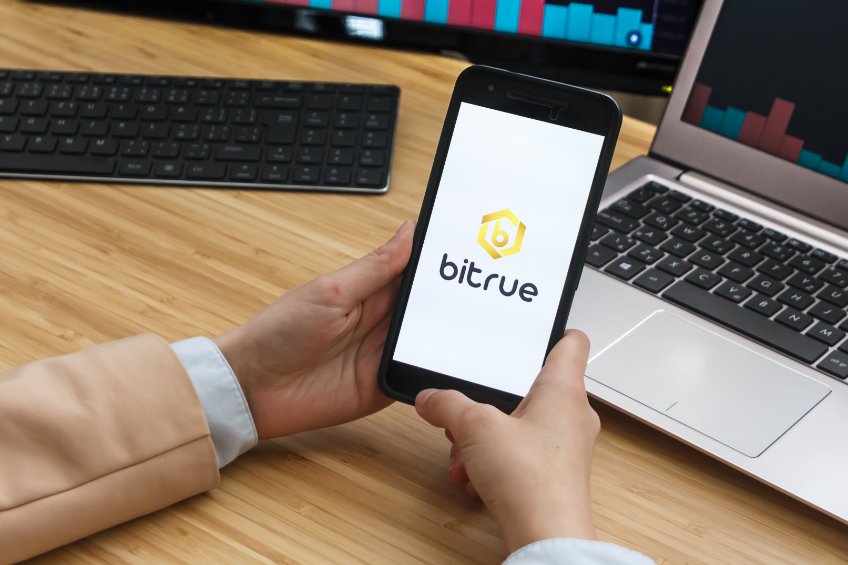
According to a news post by the co-founder of Acala Network, Bette Chen, the Acala community has voted to burn 2.97 billion Acala USD (aUSD) stablecoins.
Acala is a scalable and Ethereum-compatible layer-1 smart contract platform built on Polkadot blockchain and it is the blockchain network that powers the aUSD stablecoin.
The aUSD stablecoin
aUSD is over-collateralized by several digital assets from the Kusama network and Polkadot ecosystem, with a deposit rate of 195% per every minted aUSD.
aUSD de-pegging
Last week, the price of aUSD de-pegged from its US dollar peg and dropped to below $0.01. The cause for the de-pegging was later found to be a sudden influx of the aUSD stablecoin supply caused by an erroneous minting.
3.022 billion aUSD stablecoins were erroneously minted after the iBTC/aUSD liquidity pool that went live on August 14 was misconfigured.
The misconfiguration has however since been rectified and the wallet addresses that benefited from the erroneously minted aUSD identified through on-chain tracing. Thirty-five accounts were found to have received 12.38 million aUSD.
More than 99% of the erroneously minted aUSD were then transferred to the Acala parachain. But some, approximately worth $9.69 million, had been swapped to DOT and moved to centralized crypto exchanges.
The aUSD is currently trading at about $0.84 which is still below its dollar parity; meaning the erroneous minting is still affecting the system’s equilibrium.
The post Acala community okays burning billions of erroneously minted aUSD stablecoin appeared first on CoinJournal.




